Greetings! If you live, work, or are vacationing this summer in the San Diego area, consider creating stories with pictures at my class, on the beautiful campus of UCSD in La Jolla!
Illustrating Books for Children Instructor: Joy Chu June 26-August 21Wednesday evenings, 6:30pm-9:30pm
extension.ucsd.edu Register before June 25!
 _________________________
_________________________
Inspiration is Everywhere!
During last winter’s 2013 class at UCSD Extension, I asked my students to locate the CIP book summary from any picture book, and use it as the inspiration for an eight-panel wordless picture story.
CIP (“pronounced “sip”) is book publishing jargon for the Library of Congress Publishing Cataloging-in-Publication Data. This is found within the copyright page text of every book. It features a well-constructed one-phrase synopsis of the book’s theme.
Here is an example. One student, Aijung Kim, selected the following CIP summary from Chalk by Bill Thompson. While she didn’t read the book, she knew from its cover that it featured a dinosaur. . .
“Book Summary: A wordless picture book about three children who go to a park on a rainy day, find some chalk, and draw pictures that come to life.”
Here’s what she came up with:
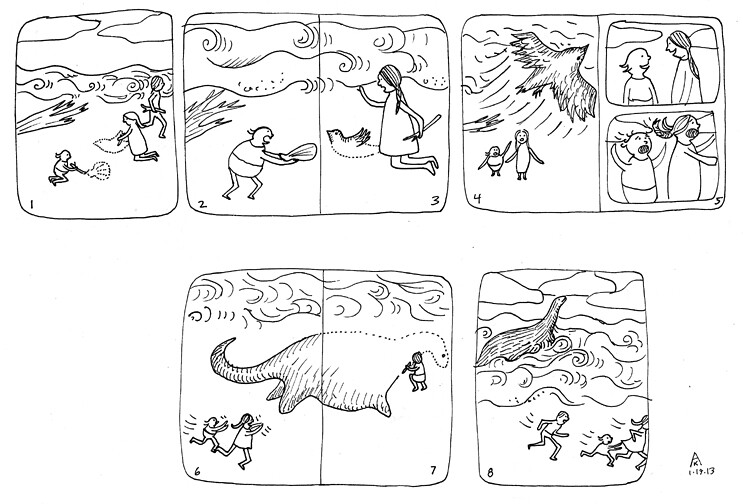
Aijung Kim’s 8-panel wordless story, created during Joy Chu’s class, Illustrating Books for Children, at UCSD Extension (right-click image to enlarge)
Another student, Fnu Anisi, enchanted by Kevin Henkes‘ Kitten’s First Full Moon, wanted to explore an eight page wordless re-telling.

Book summary: When Kitten mistakes the full moon for a bowl of milk, she ends up tired, wet, and hungry trying to reach it.
Here are Anisi’s results:
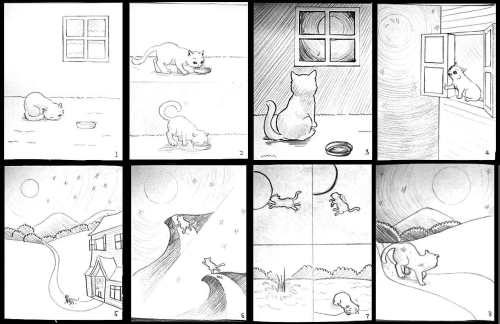
Fnu Anisi’s 8-page wordless story, created at Joy Chu’s UCSD Extension class (Right-click to enlarge)
At my upcoming summer 2013 UCSD Extension class (June 26-August 21), Illustrating Books for Children (ART 40011) we might look into creating an advent-styled calendar as a possible inspiration for creating a picture story.
Example: Look at the one Zachariah OHora created from his own story. Fun, yes?
Many thanks to Zachariah OHora and Julie Danielson for sharing the above image.
Creating a 3D model for your story setting can also serve as an invaluable reference in plotting out your narrative, as well as a guide in drawing scenes from a variety of perspectives. Note how illustrator Sophie Blackall created a diorama for her work-in-progress. She can view her characters from above!

(photo © PWxyz, LLC. All rights reserved)
Author/illustrator Barbara McClintock builds cut-paper replicas of her illustrations, in composing her scenes. The following sequence is from her studies for an upcoming book, Adèle and Simon in China (all 3 photos below © Barbara McClintock)
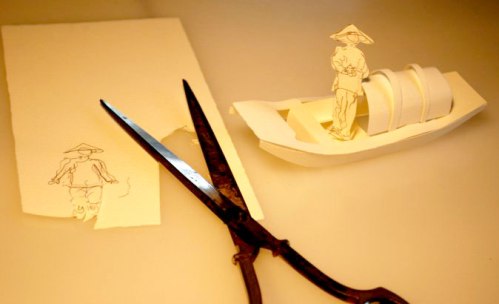
“What do those little flat boats in photos of Tongli really look like? I have to find out by building one.”—Barbara McClintock

“…Now I can draw the boats in the picture and feel some sense of confidence in what I’m doing/seeing…”
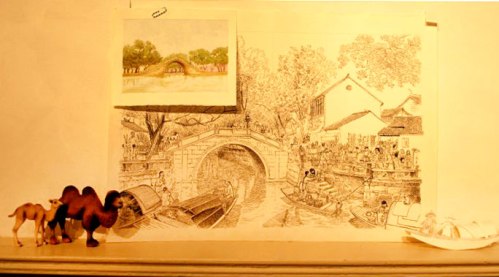
Tongli, China, circa 1908, as drawn by Barbara McClintock
Here’s Tove Jansson, creating reference models for her fabulous Moomin stories.
____________________ Illustrating Books for Children / Art 40011 June 26-August 21Wednesdays, 6:30pm-9:30pm
extension.ucsd.edu



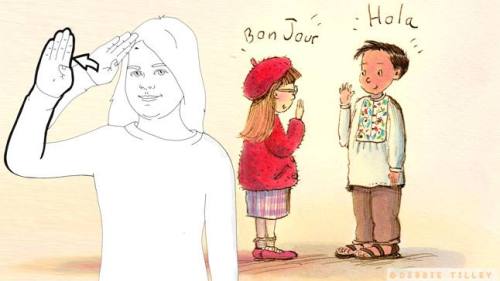
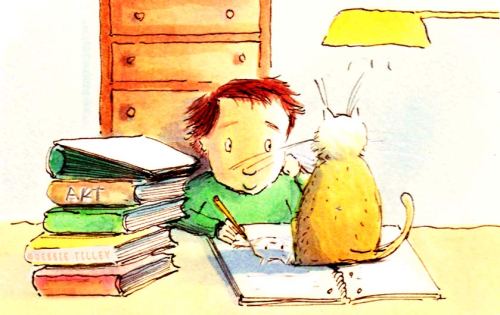


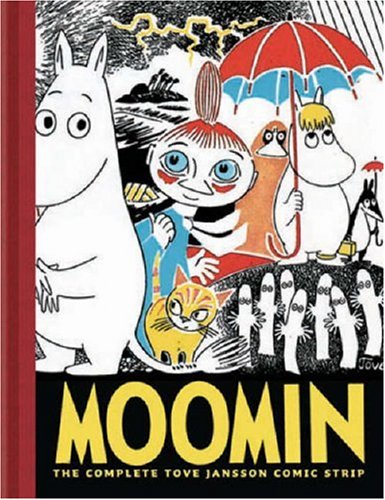











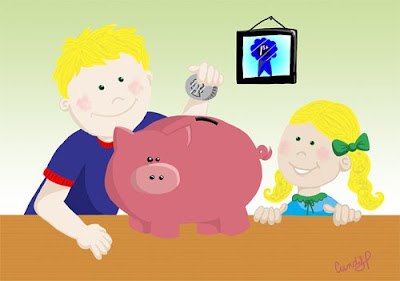
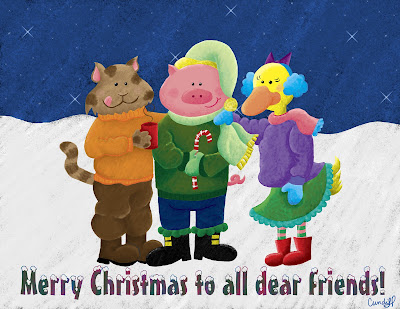
Greetings from Luxembourg to Wisconsin from the maker of Diorama Clervaux!
Claude
Greetings to you Claude! I admire your work and talent!